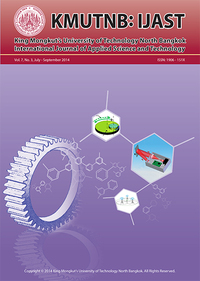Benefits and Drawbacks of Model-based Design
Main Article Content
Abstract
The Model-based Design approach, as propagated by The MathWorks, is a state-of-the-art method in the fields of aerospace, defense and automotive developments. The obvious advantages of Model-based Design of a convenient, understandable graphical description of systems, continuous verification and validation at all stages of development as well as its inherent robustness against coding errors have made it a state-of-the-art method in fields such as automotive systems and aerospace and defense. Despite the vast number of success stories associated with this approach, Model-based Design is not a standard method throughout the entire industry, especially not for small and medium sized enterprises. Hence, consulting on the introduction of Model-based Design into development teams is a recurring task for the author. Presenting an industrial project, the development of a velocimeter (spatial frequency sensor system), benefits as well as obstacles corresponding to Model-based Design are introduced. The paper’s object is giving detailed insight into the method based on first-hand experience. It will be concluded that Model-based Design is a favorable approach even for small and medium sized enterprises.
Article Details
How to Cite
Bergmann, A. (2014). Benefits and Drawbacks of Model-based Design. Applied Science and Engineering Progress, 7(3), 15–19. retrieved from https://ph02.tci-thaijo.org/index.php/ijast/article/view/67443
Issue
Section
Research Articles


